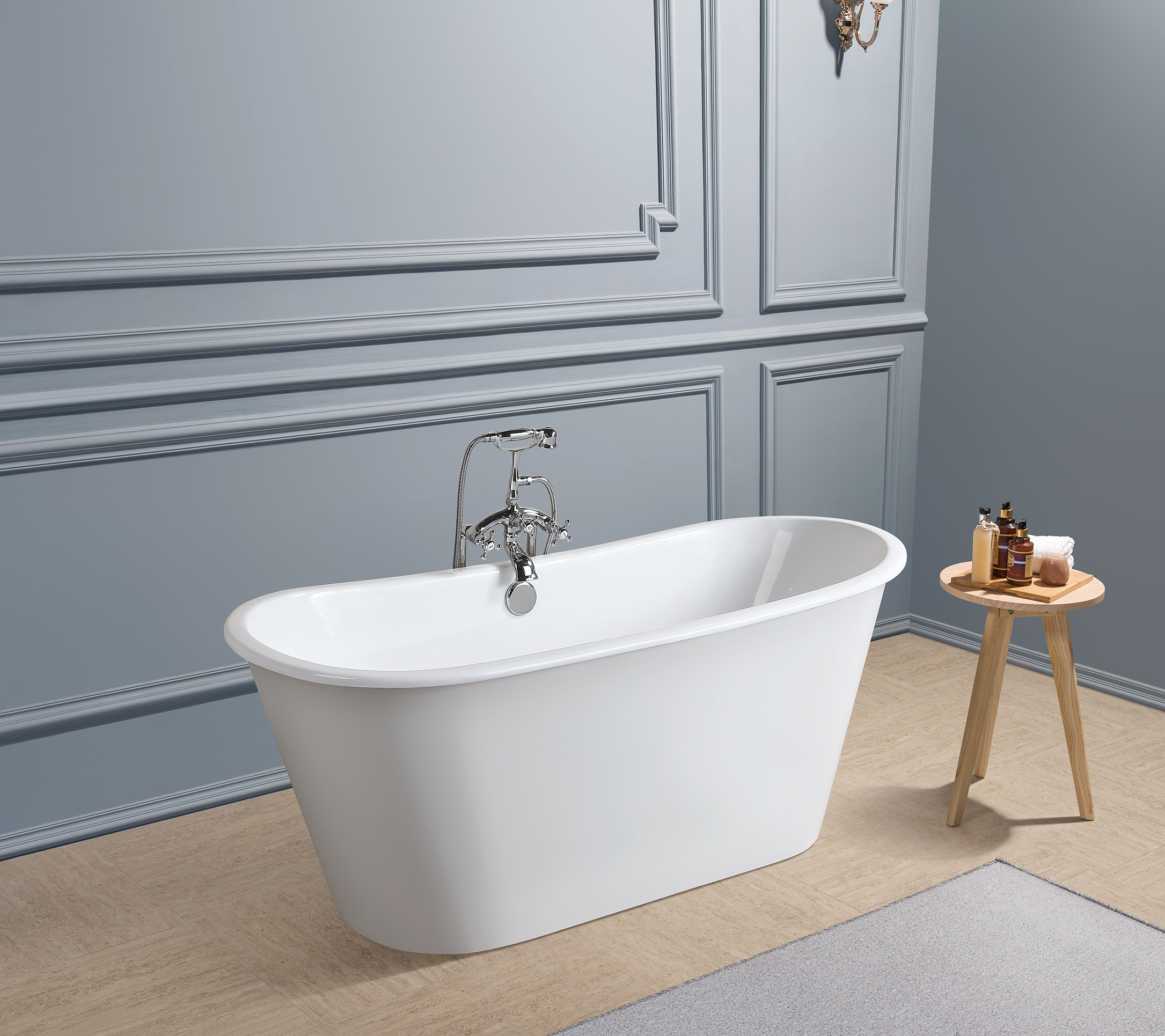3.5.1 CNC tool holder feed:
The feeding of the CNC tool holder can reach the thickness adjustment of the stepless veneer (the adjustment accuracy is 0.01mm each time), so the thickness of the veneer is different from that of other rotary cutting machines by the manual adjustment system of the gearbox. This kind of CNC tool holder feed precision adjustment veneer thickness (adjustment accuracy 0.01mm) is very important, its merits are:
1. Optimize the rotary cutting of wood of different hardness trees to obtain the maximum yield and the required veneer thickness.
2, overcome or reduce the shrinkage rate of the veneers of different tree species during drying.
3, overcome or reduce the compression ratio of the veneers of different tree species during hot pressing.
3.6 Angle (non-linear back angle change) It is well known that in order to unscrew a high quality veneer, the back angle of the rotary blade needs to be reduced as the diameter of the wooden segment decreases. The change in the back angle and the change in the diameter of the wood segment are nonlinear, and the angle needs to be cut at a negative angle when the diameter of the wood segment is small to a certain extent. The contemporary new rotary cutting machine is equipped with a unique hydraulic servo stepless nonlinear back angle adjustment system. The operator can select different back angles for rotary cutting according to the tree species, and it is very convenient to perform negative angle cutting. Improve the quality of the rotary cutting and reduce the crack on the back of the veneer.
3.6.1 knife door cleaning;
The new rotary cutter itself is equipped with a compressed air nozzle for knife door cleaning. In the process of turning and cutting, if the cutter door is blocked, the operator can open the nozzle on the console to clean it without stopping the parking (the parking affects both the output and the quality of the board).
3.7 Rotating speed
The normal plywood production has a cutting speed of about 70-90 m/min, and its card shaft speed is 0-200 r/min. At present, the maximum rotary cutting speed of the new rotary cutting machine is 220m/min, the softwood material is 350-400m/min, and the rotation speed of the card shaft is 0-400r/min. The plywood factory built by American Martco in Chopin in 1996 has only one rotary cutting line, with an annual output of 280,000 m3 of southern pine plywood.
3.8 balance line speed cutting
Regardless of the large diameter or small diameter wood, the diameter of the rotary cutting section is gradually reduced during the rotary cutting process. The new rotary cutting machine can automatically increase the speed of the card shaft to maintain the speed of the wire speed to achieve the same output board output.
3.9 Rotary cut veneer thickness
The thickness of the rotary-cut veneer is related to the performance of the rotary cutter itself, and also related to its raw materials, and also related to the processing of raw materials; Schauman's plywood factory in Tiwi has a 3-ply thickness of 0.4 mm and the thickness of the veneer is only 0.14mm. Indonesia's SuryaDumai's plant in Pekanbaru produces a maximum veneer thickness of 8mm.
4 cut
The production speed of the rotary cutting line, that is, the cutting speed, is mainly affected by the shearing speed of the shearing machine and cannot be properly played. The veneer is cut from the original manual file to the electro-hydraulic file to the rolling (double, 3 and 4) hydraulic files. The defect detection of the veneer is also measured by manual visual inspection, to photocell-mechanical linkage, to camera-computer intelligent control. The shear rate is also from the first few meters per minute, tens of meters, to the current 130 to 150 m/min. Not only does it increase the speed, but it also improves the quality of the shear; it also reduces the loss of the veneer while also improving the overall utilization of the wood.
5 stacks
The veneer stacking is in the production of plywood in China. Whether it is wet veneer or dry veneer, it is artificially stacked, which is a typical manpower-intensive operation mode. In addition to the low efficiency of the artificial stacking and the large damage of the single board, it is impossible for the production volume to be large and the need for rapid stacking. The speed of stacking of veneers is low, and it also limits the speed of rotary cutting and shearing and the productivity of its equipment. The emergence of vacuum automatic stacking method has greatly improved labor productivity. The stacking speed generally exceeds 100 m/min, and the stacking speed of hardwood is generally less than 150 m/min. The stacking speed of softwood is generally reachable. 200m/min, its transmission speed is related to the width of the board
Claw feet are accessories of freestanding cast iron bath tubs. Color of claw feet can be white, black, chrome, brushed nickel and oil rubbed bronze. Material of the feet is cast iron. The claw feet are in many different shapes and sizes.
We supply faucet of Cast Iron Sink.

Bathtub And Sink Accessories,Antique Tub Feet,Sink Faucets
Anping Sunshine Sanitary Ware Co., Ltd. , https://www.sunshinebathtub.com